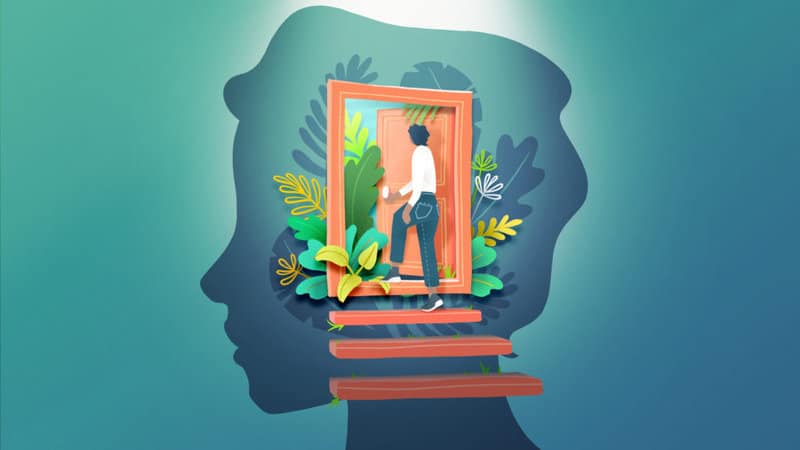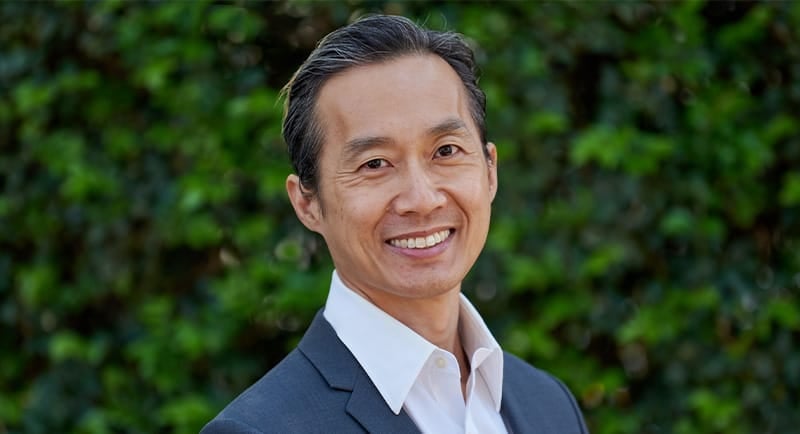Bringing vital news to a whole country is no mean feat when you’re doing it in English. SBS faces the same challenge, but works to bring Australians news in 63 different languages.
Mediaweek spoke to David Hua, director of audio and language content at SBS, about bringing information to Australians of all walks of life.
Producing content in upwards of 60 languages means there are a lot of plates to keep spinning at once. Despite this, Hua says that “the charms really outweigh some of the hurdles” when it comes to tackling the challenges of multi-language content.
“There are universal attributes around great storytelling, especially in the audio space – like listening, curiosity, and building rapport and trust with people that you’re talking to. Those are universal. Also, the delight of some of the languages that we work on is that every day is a fascinating cultural history lesson.
“To hear what the teams do in terms of the diversity of their audiences, and to present great, compelling stories that will resonate: that’s what’s really exciting. Embedded in that is the challenge of using the right sorts of words and the right considerations of dialect, accent, and tone that will be inclusive and will resonate with the very diverse audiences that we have, even within a language group.”
For Hua, one project in particular highlights the way that SBS has navigated bringing vital information to so many communities.
“We’ve just launched the Mind Your Health portal – it’s what I’m calling a sibling site to the Coronavirus portal that SBS is pretty well known for. Its mission is to talk about wellness, particularly health and mental health.
“Mental health is actually still quite taboo – not just in multilingual and multicultural communities, but more broadly. But certainly, in some cultures, it’s still unfortunately very taboo and sensitive. We talk about well being, and if we actually ask questions like have you been sleeping well, or have you been eating well? Are you getting enough movement in your day? Are you socialising enough? These are ways to be able to navigate some challenges, which are unique to language and culture.”

Mind Your Health
The impact that SBS’s language services have had on the communities they target is significant, and Hua is particularly proud of how far into those communities SBS’s content reaches.
“What’s great about SBS – and this is certainly the public service side of what we do – is that it’s not just about absolute reach, we also deeply consider proportional reach.
“With our Thai language service, there are about 50,000 speakers of Thai as per the census. We reach about 60% of them. That’s really, really encouraging. That’s a share figure that anybody would kill for, and we’re really proud of that, even though in terms of absolute numbers they might be relatively small.”
With so many languages to work across, audience analytics modelling has shown the SBS team which languages to present most prominently – although no one language is more vital than another.
“The smallest services that we have at SBS are for Tibetan and Mongolian, and it’s actually a really proud point for me, and it should be for all Australians, that as a country we do invest in small, high-needs communities. They deserve to know what’s going on.
“By far the largest that we serve, unsurprisingly, is the Mandarin-speaking community who read in simplified Chinese.”
Looking ahead over the short term, Hua says that SBS’s language services will be influenced by the current language services review.
“We conduct this review every five years in line with the census. SBS produces content in more than 60 languages – the census and this review help us to determine which of those languages SBS should service and how we should be servicing these languages. That’s going to be announced in 2023.”
No matter what the review gives the team to work with, however, Hua says that the future of the language services will be well and truly guided by the needs of the communities they serve.
“The core of SBS is about creativity and community. Some of our presenters and producers, they’re real rockstars within their communities, and it’s so great to watch. Now that we’re not in an acute stage of covid, we’re out and about a lot more in the community as well. Whatever happens in regards to different platforms – whether it’s podcasting, YouTube, Facebook, TikTok, or the next thing, our core is around community. That is so eternal.”
